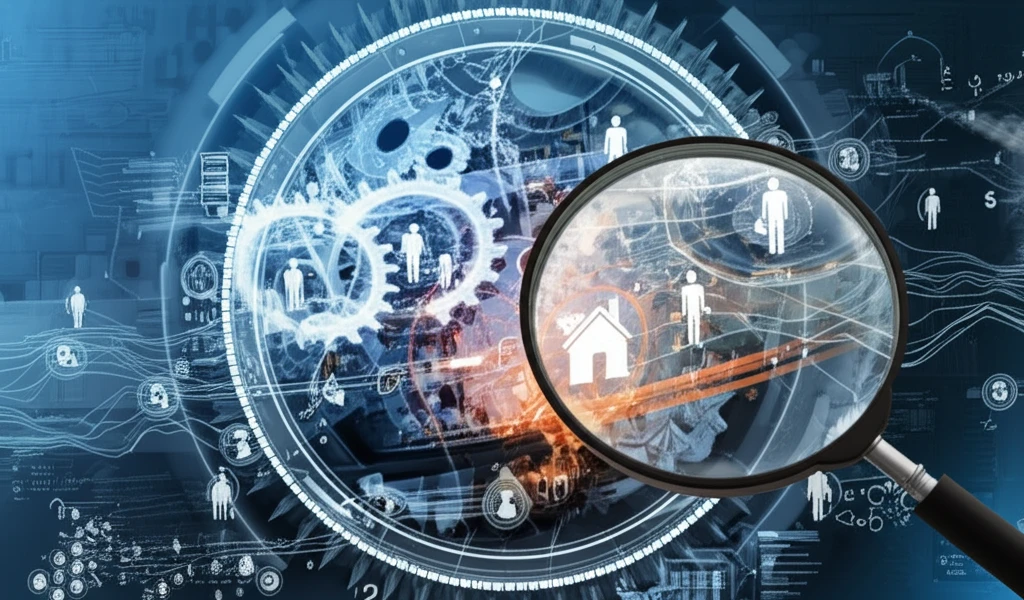
Decoding the Economy: Can 'Micro Data' Tame the Beast of Business Cycles?
"New research offers a surprisingly simple way to estimate complex economic models, potentially revolutionizing how we understand and predict economic booms and busts."
The economy is a beast of many faces. It roars with growth, whispers with stability, and occasionally throws a tantrum with recessions. For decades, economists have built elaborate models to try and tame this beast, to predict its movements and understand its inner workings. These models, however, often require simplifying assumptions and can be computationally intensive, limiting their accuracy and accessibility.
Enter a potential game-changer: a new research paper proposing an 'indirect inference strategy' that leverages readily available 'micro data' – information collected at the individual or household level – to estimate complex economic models. This approach, developed by Man Chon (Tommy) Iao and Yatheesan J. Selvakumar, promises a faster, simpler, and more robust way to understand the forces driving business cycles.
The beauty of this method lies in its ability to handle the intricate details of the economy without getting bogged down in computational complexity. It's like having a high-resolution map of the economic landscape, allowing policymakers and analysts to navigate its terrain with greater precision.
What is 'Indirect Inference' and Why Should I Care?

At its heart, the proposed method uses a 'first-order vector autoregression' (a fancy term for a statistical model) that's grounded in linear filtering theory. Think of it as a sophisticated way to identify patterns and relationships within large datasets. As the 'cross-section grows large'—meaning there's plenty of micro data available—this method becomes remarkably effective.
- Speed and Simplicity: The algorithm is designed to be fast and easy to use, making it accessible to a wider range of researchers and analysts.
- Compatibility: Unlike some existing methods, this approach works well with popular 'sequence-space' solution methods, further enhancing its practicality.
- Micro Data Advantage: The method effectively uses information from the entire micro-level distribution, capturing insights that might be missed by simply looking at aggregate moments or averages.
The Future of Economic Modeling: A Data-Driven Revolution?
While this research is still in its early stages, it points towards a future where economic models are more data-driven, accessible, and accurate. By harnessing the power of micro data and advanced computing techniques, economists can gain a deeper understanding of the forces shaping our economy and develop more effective policies to promote stability and prosperity. This could lead to better forecasts, more informed investment decisions, and ultimately, a more resilient and equitable economy for all.
